The Patagonian Mara: A Comprehensive Overview
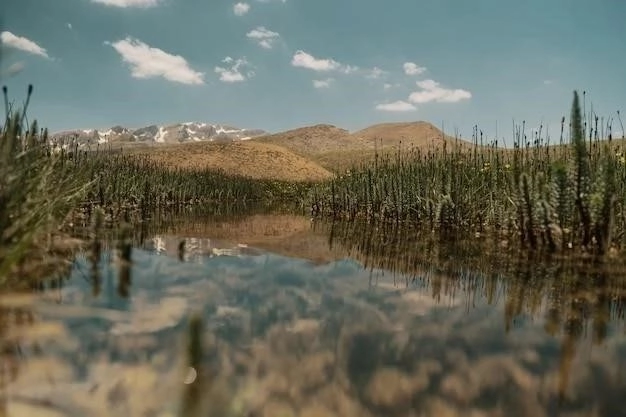
The Patagonian mara (Dolichotis patagonum) is a large rodent species native to Argentina. Often likened to a cross between a rabbit and a deer, this unique creature exhibits fascinating behaviors and adaptations. This comprehensive overview delves into the biology, ecology, and conservation of the Patagonian mara, shedding light on its crucial role in the Patagonian ecosystem.
Physical Characteristics and Identification
The Patagonian mara, Dolichotis patagonum, is a striking example of evolutionary adaptation, exhibiting a unique blend of physical characteristics that set it apart from other rodents.
Size and Appearance: A Curious Blend
Maras are surprisingly large for rodents, often drawing comparisons to hares or small deer. Adults typically measure between 61-81 cm (24-32 inches) in length and can weigh anywhere from 8 to 9 kg (18-20 lbs). Their bodies are slender and slightly compressed, with long, powerful hind limbs that dwarf their shorter forelimbs. This distinctive body structure, coupled with their elongated necks and large, hare-like ears, contributes to their remarkable agility and speed.
Coat Coloration and Pattern: Blending In
The mara’s coat provides excellent camouflage in its native habitat. The dorsal fur is typically a grizzled grayish-brown, blending seamlessly with the arid Patagonian landscape. The underparts are paler, often transitioning to a white or cream color on the belly and the insides of the legs. A distinguishing black patch often adorns the rump, adding to their unique appearance.
Distinctive Features: Setting Them Apart

Several key features distinguish Patagonian maras from other similar-looking animals:
- Long, slender legs: Unlike the more compact bodies of rabbits, maras possess long, slender legs, especially their hind limbs, indicative of their cursorial lifestyle.
- Large, erect ears: Their prominent ears are much larger than those of rabbits and are positioned high on the head, facilitating acute hearing in their open environment.
- Short tail: In contrast to rabbits and some other rodents, maras have a very short, almost inconspicuous tail, further distinguishing them.
Sexual Dimorphism: Subtle Differences
While both sexes exhibit similar coloration and patterns, males tend to be slightly larger than females. This size difference, however, is relatively subtle and may not be readily apparent in the field.
Habitat and Distribution
The Patagonian mara, uniquely adapted to the arid landscapes of central and southern Argentina, showcases a strong preference for open habitats that offer both sustenance and refuge.
Geographic Range: A Patagonian Icon
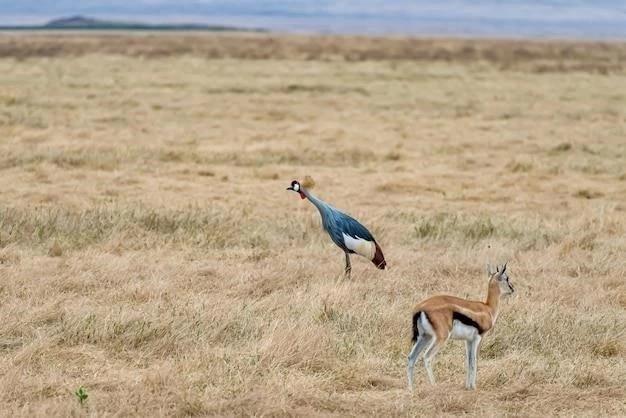
The Patagonian mara’s distribution is closely tied to the Patagonian steppe, a vast ecoregion encompassing a variety of arid and semi-arid landscapes. Their range extends across much of central and southern Argentina, with a notable absence in the high Andes Mountains that form a western boundary. While once found in southwestern Paraguay and Chile, their presence in these regions has significantly declined.
Habitat Preferences: Open Spaces and Sparse Vegetation
Within their range, Patagonian maras demonstrate a clear preference for open habitats characterized by:
- Arid grasslands and shrublands: These areas provide ample grazing opportunities and their relatively sparse vegetation allows for quick detection of predators.
- Steppes and semi-deserts: Maras are well-suited to the dry conditions and sparse vegetation of these habitats, relying on their efficient water conservation mechanisms.
- Coastal dunes and scrublands: These coastal habitats offer suitable vegetation and proximity to water sources.
Home Range and Territoriality: Fluidity in a Harsh Landscape
The size of a mara’s home range is remarkably fluid, influenced by factors such as resource availability and population density. In areas with abundant food, home ranges may be as small as 40 hectares, while in resource-scarce environments, they can expand up to 98 hectares. While not strictly territorial, maras exhibit a degree of home range fidelity, often returning to familiar areas for foraging and resting.
Habitat Fragmentation and Loss: Emerging Threats
Despite their adaptability, Patagonian maras face growing pressure from human activities. Habitat loss and fragmentation due to agricultural expansion, livestock grazing, and infrastructure development pose significant challenges. These factors limit foraging opportunities, increase competition with livestock, and isolate populations, potentially impacting their long-term survival.
Diet and Foraging Behavior
The Patagonian mara’s diet and foraging behavior are intricately linked to the ecological constraints of their arid environment. As herbivores highly specialized for a diet of grasses and other vegetation, they play a crucial role in shaping the structure and composition of their habitat.

A Specialized Herbivore: Grazers of the Patagonian Steppe
Patagonian maras are primarily grazers, meaning that grasses form the cornerstone of their diet. They have evolved efficient digestive systems capable of breaking down the tough cellulose found in grasses, extracting vital nutrients from this abundant food source.
Dietary Diversity and Seasonal Shifts: Adapting to Resource Availability
While grasses dominate their diet, Patagonian maras are known to exhibit dietary flexibility, incorporating a variety of plant matter depending on availability. In addition to grasses, their diet may include:
- Herbs and forbs: These provide additional sources of nutrients and moisture, especially during periods of drought.
- Succulents: Cacti and other succulents are particularly important during dry periods, offering crucial hydration due to their high water content.
- Fruits and seeds: When available, fruits and seeds provide valuable energy and nutrients, supplementing their grass-based diet.
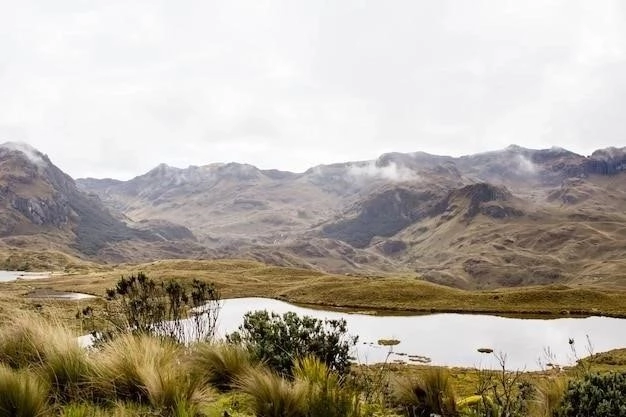
Foraging Patterns and Social Behavior: Strength in Numbers
Patagonian maras are diurnal animals, most active during daylight hours when they engage in foraging. They typically forage in pairs or small groups, often with multiple pairs congregating in areas with abundant food resources. This social foraging behavior offers several advantages, including:
- Increased vigilance: Multiple eyes scanning the surroundings enhance predator detection, particularly in open habitats.
- Improved foraging efficiency: Groups can cover larger areas, increasing the likelihood of finding high-quality food patches.
- Enhanced social bonding: Foraging together strengthens social bonds within and between pairs, contributing to their complex social structure.
Impact of Drought: Dietary Shifts and Survival
Periods of drought pose significant challenges to Patagonian maras, impacting both food availability and quality. During droughts, they may increase their consumption of succulents to meet their water requirements and shift their foraging efforts to areas where green vegetation persists. This dietary flexibility is crucial for their survival in this unpredictable environment.
Social Structure and Reproduction
The Patagonian mara exhibits a complex and fascinating social structure characterized by monogamous pair bonding, communal den sharing, and cooperative breeding behaviors. This intricate social system is closely tied to their reproductive strategies and plays a crucial role in their survival in the challenging Patagonian steppe.
Monogamy and Pair Bonding: A Lifelong Partnership
Unlike many other rodent species, Patagonian maras form strong, monogamous pair bonds that often last a lifetime. These bonds are reinforced through a variety of behaviors, including mutual grooming, scent marking, and vocal communication. This monogamous mating system is believed to be advantageous in their open habitat, where finding and securing a mate can be energetically costly.
Communal Dens and Cooperative Breeding: Shared Responsibilities
Patagonian maras exhibit a unique social behavior known as communal den sharing. Multiple monogamous pairs often congregate, establishing a network of interconnected burrows within a shared territory. This communal living arrangement provides multiple benefits, particularly for raising offspring. While females primarily nurse and care for their own pups, other adults within the group contribute to vigilance and predator defense, creating a safer environment for vulnerable young.
Reproductive Cycle and Parental Care: A Shared Investment
Breeding in Patagonian maras is closely tied to the availability of resources, with most births occurring during the spring and summer months when food is plentiful. Females typically give birth to one to three precocial young, which are born fully furred and with their eyes open. Pups are highly dependent on their mothers for the first few weeks of life, relying on her milk for nourishment. During this time, the male partner plays a crucial role in protecting the female and young from predators.
Adaptations for Survival: From Birth to Independence
Patagonian mara pups exhibit a number of adaptations that enhance their survival in the open grasslands. Their precocial development allows them to move and forage with the group shortly after birth, reducing their vulnerability to predators. The communal den system provides a safe haven from both predators and harsh weather conditions, while cooperative breeding behaviors ensure that pups receive care and protection from multiple adults.
Predators and Survival Tactics
Life on the open Patagonian steppe presents a unique set of challenges for the Patagonian mara. Their relatively large size and diurnal habits make them conspicuous targets for a variety of predators, requiring them to employ an array of effective survival strategies.
Predators: A Diverse Array of Threats
Patagonian maras face predation from both terrestrial and aerial predators, including:
- Foxes (Lycalopex spp.): Several species of foxes, including the South American gray fox and the pampas fox, are known predators of maras, particularly targeting vulnerable young.
- Pumas (Puma concolor): While less common than other predators, pumas are capable of taking down adult maras, particularly in areas where their ranges overlap.
- Birds of Prey: Large raptors, such as the crowned solitary eagle and the variable hawk, pose a threat to young maras, especially those venturing away from the den.
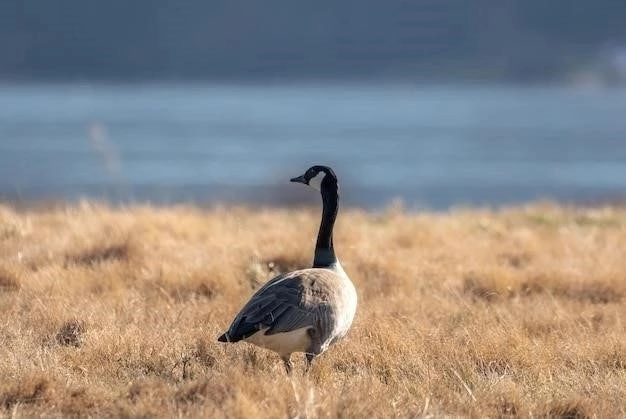
Vigilance and Early Detection: Key to Survival
Given their vulnerability in open habitats, Patagonian maras rely heavily on vigilance and early predator detection. Their large, erect ears provide acute hearing, allowing them to detect faint sounds from a distance. Their elevated eye position and wide field of vision further enhance their ability to spot approaching threats.
Speed and Agility: The Art of Evasion
When threatened, Patagonian maras rely on their remarkable speed and agility to outmaneuver predators. They are capable of reaching speeds of up to 45 kilometers per hour (28 miles per hour) in short bursts, zigzagging and dodging to evade capture. Their long, powerful hind limbs are well-suited for both speed and endurance, allowing them to cover considerable distances when pursued.
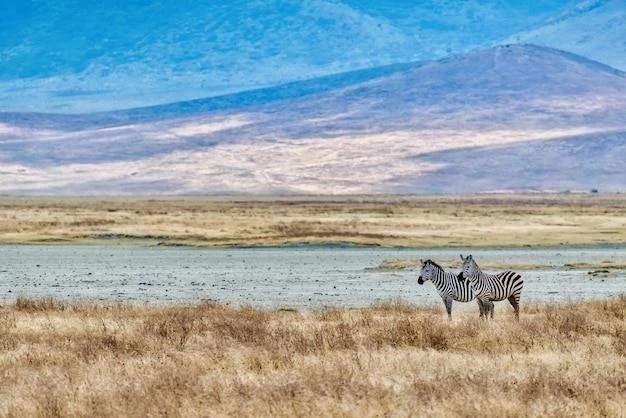
Communal Defense: Strength in Numbers
The social nature of Patagonian maras plays a crucial role in their anti-predator defenses. Groups of maras are more vigilant than individuals, increasing the likelihood of early predator detection. When threatened, they often engage in alarm calling, alerting the group to danger. This collective response, combined with their speed and agility, makes it difficult for predators to isolate and target individuals.
Conservation Status and Threats
The Patagonian mara, once a common sight across the Patagonian steppe, faces an uncertain future. While currently classified as “Near Threatened” by the International Union for Conservation of Nature (IUCN), their populations have experienced significant declines in recent decades. Understanding the multifaceted threats to this unique species is crucial for implementing effective conservation strategies.
Habitat Loss and Fragmentation: Shrinking Landscapes
The most pressing threat to Patagonian maras is the widespread conversion of their natural habitat for agricultural purposes. The expansion of croplands and livestock grazing has resulted in significant habitat loss and fragmentation, reducing the availability of suitable foraging and breeding grounds. As their habitat shrinks and becomes increasingly fragmented, maras are forced into smaller, more isolated populations, making them more vulnerable to local extinctions.
Hunting Pressure: A Historical and Ongoing Threat
Patagonian maras have long been hunted for their meat and fur, and while hunting is now regulated, it still poses a threat to their populations, particularly in areas where enforcement is limited. Opportunistic hunting, as well as poaching for subsistence or commercial purposes, can significantly impact local populations, especially in areas with limited habitat connectivity.
Competition with Introduced Species: An Uneven Playing Field
The introduction of non-native species, particularly European hares (Lepus europaeus) and livestock, has further exacerbated the challenges faced by Patagonian maras. European hares compete directly with maras for food and resources, and their populations often explode in the absence of natural predators, putting additional pressure on native herbivores. Livestock grazing, particularly sheep and cattle, can degrade habitat quality, reduce food availability, and introduce diseases to which maras may be susceptible.
Climate Change: An Emerging Threat Multiplier
Climate change is expected to exacerbate existing threats to Patagonian maras. Increased temperatures and altered precipitation patterns could lead to more frequent and severe droughts, reducing the availability of food and water resources. These changing climatic conditions may also favor the expansion of invasive species, further intensifying competition and altering the dynamics of the Patagonian ecosystem.










